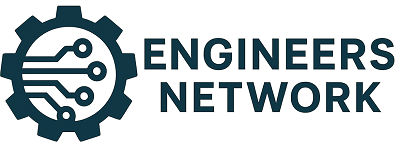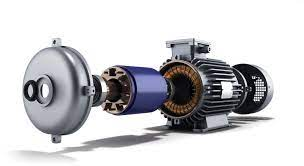If you are not exactly a technical type of person, you may not understand how an electric motor works. If you are an electrical engineer though, you most likely know how an electric motor works.
A three-phase AC is converted to DC power by a four-phase AC motor. The motor then charges the batteries. Finally, the batteries are then ready to be used. The whole process is incredibly simplified if you just look at it from a basic physics point of view. In a nutshell, the electric motors consist of a series of stator that contains a permanent magnet, a series of bridge circuits that allow current to flow between the stator and the battery, and finally a pair of winding blades that cause movement in the starter and battery. For more information on Fluid Power, visit a site like DANA-SAC
How does an induction motor work? Similar to the mechanics of AC motors, induction motors use an alternating current to drive a series of brushes or blade systems that induces a rotation to a shaft. The induction motor consists of a pair of copper cylinders where the coils are wound around the stator and the induction plates (coils are made of steel, and the induction plates themselves can be thin or tall). The two types of induction motors are the direct-fire and the indirect-fire induction motors.






Leave a Reply